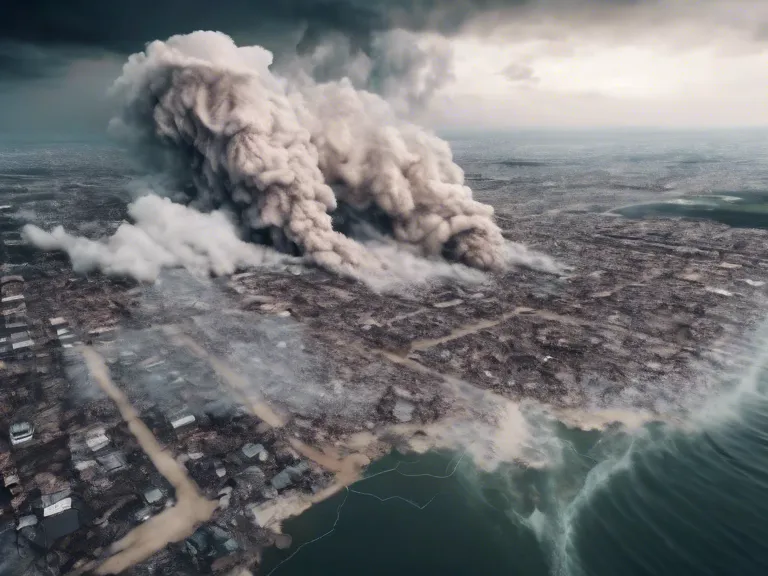
Machine Learning Models Revolutionizing Weather Forecasting
In recent years, machine learning models have been increasingly utilized in the field of weather forecasting, providing more accurate and timely predictions than ever before. Traditional weather prediction methods often rely on historical data, physical equations, and statistical algorithms. While these methods have been effective to some extent, they are limited in their ability to accurately predict complex weather patterns and phenomena. This is where machine learning comes in, offering a more sophisticated and advanced approach to weather forecasting.
Machine learning models are capable of processing vast amounts of data in real-time, including satellite imagery, radar data, atmospheric conditions, and more. By analyzing this data, machine learning algorithms can identify patterns and trends that may not be apparent through traditional methods. This allows for more accurate predictions of weather events such as hurricanes, tornadoes, and severe storms.
One of the key advantages of machine learning models in weather forecasting is their ability to continuously learn and adapt. As new data becomes available, these models can update their predictions and improve their accuracy over time. This dynamic nature of machine learning enables forecasters to provide more reliable and up-to-date information to the public.
Furthermore, machine learning models are also being used to enhance the resolution and specificity of weather forecasts. By leveraging advanced algorithms, these models can generate high-resolution predictions at the local level, providing tailored forecasts for specific regions or even individual cities. This level of precision is essential for industries such as agriculture, transportation, and emergency management, where accurate weather forecasts are critical for decision-making.
Overall, machine learning models are revolutionizing weather forecasting by providing more accurate, timely, and detailed predictions than ever before. As technology continues to advance, we can expect these models to play an increasingly important role in helping us better understand and prepare for the complex and ever-changing weather patterns that impact our daily lives.



